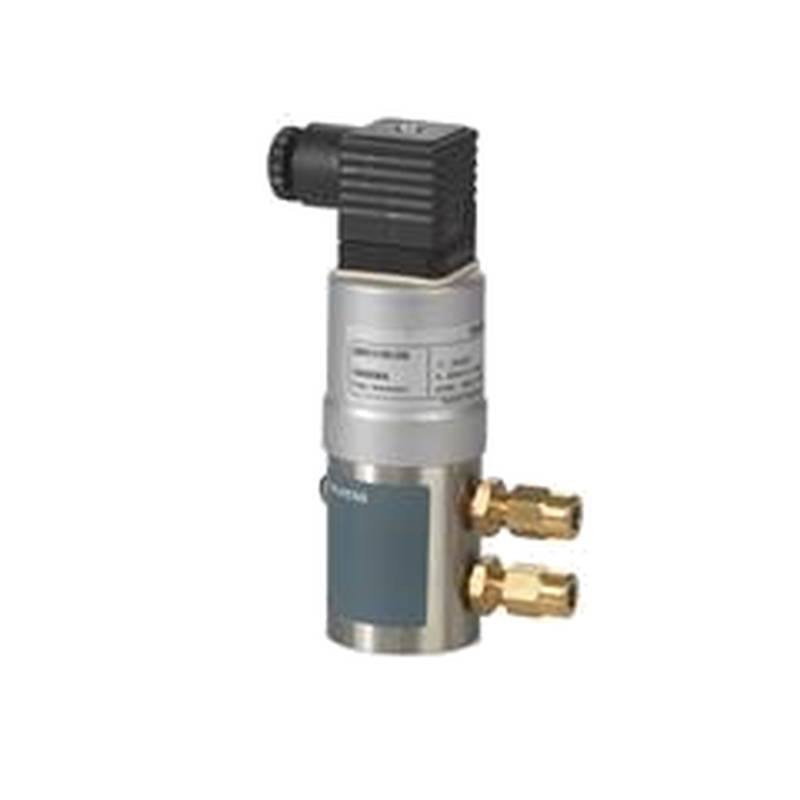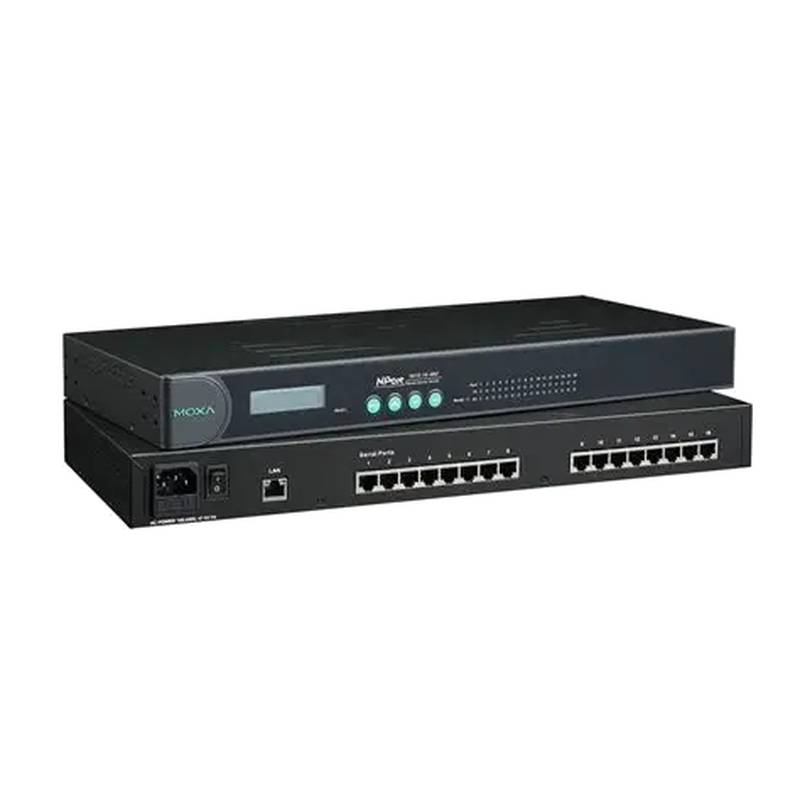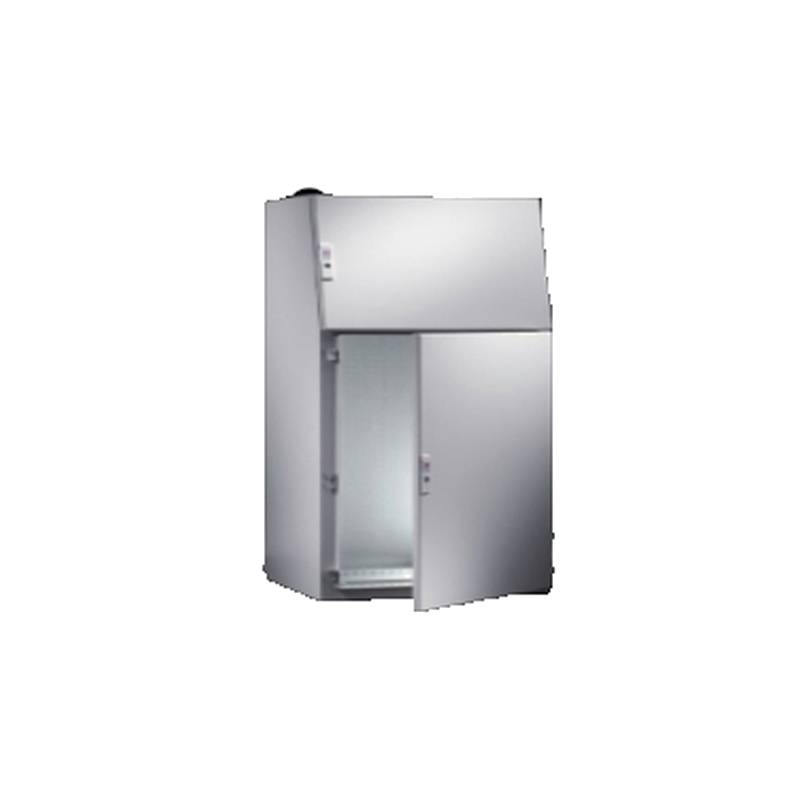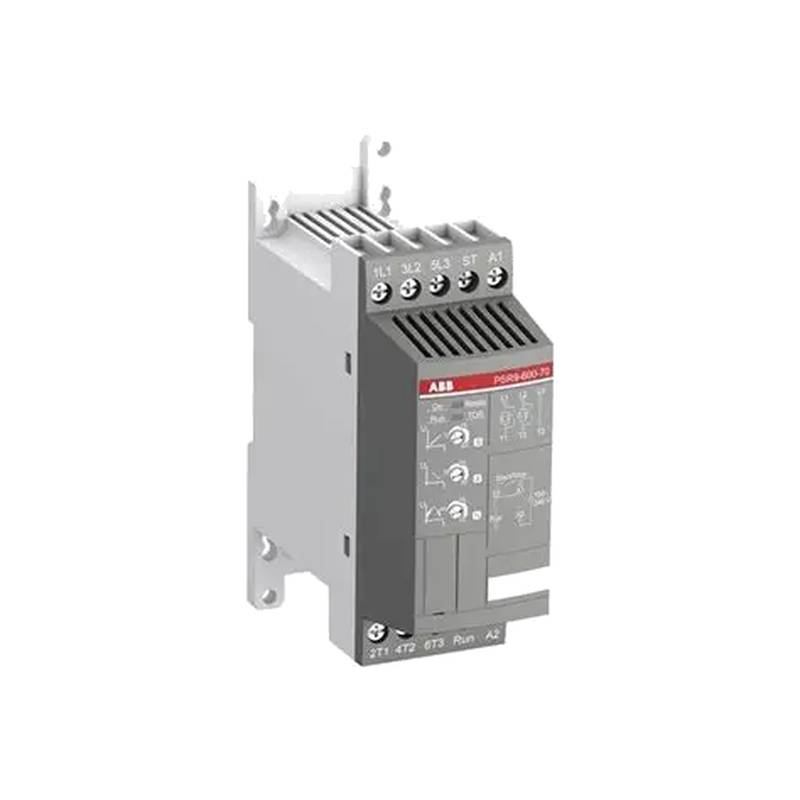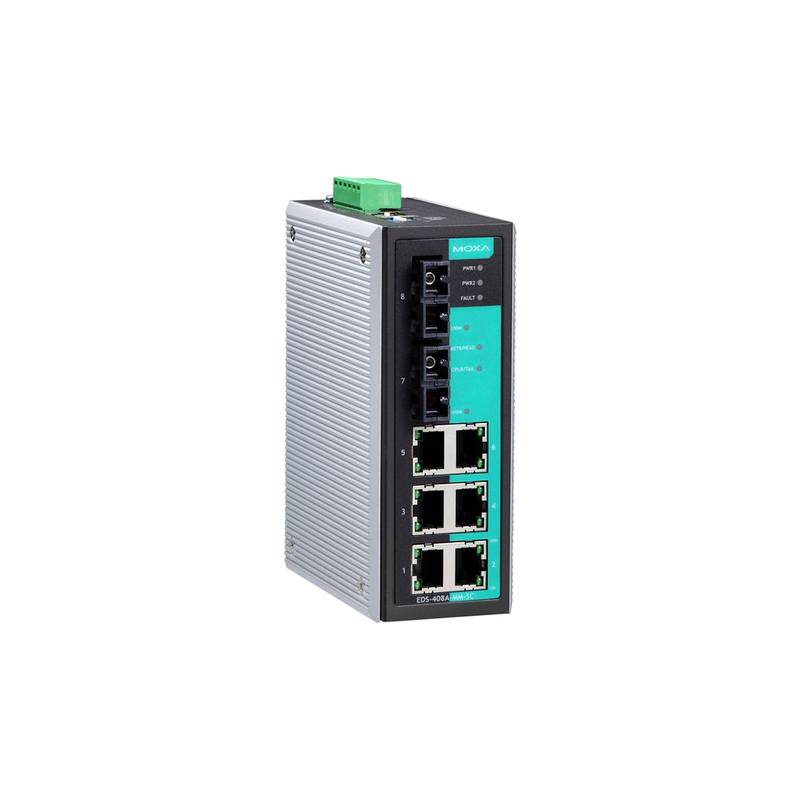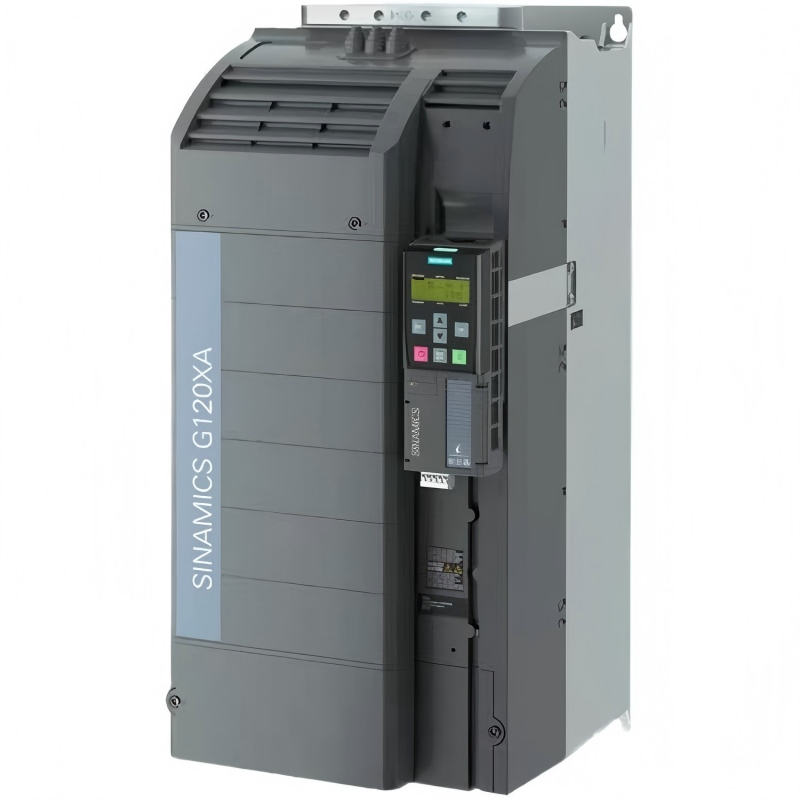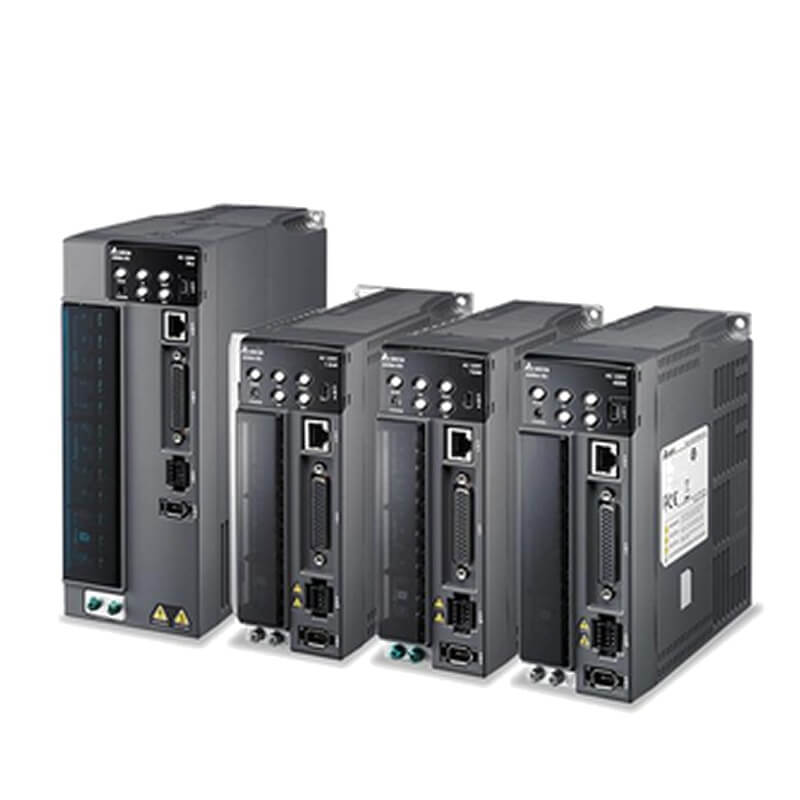
The Siemens 5SY6304-7CC Miniature Air Circuit Breaker (MCCB) is a robust 3-pole, 4-ampere device engineered for reliable overcurrent protection in a wide array of industrial and commercial electrical systems. This MCCB distinguishes itself with its compact design, high breaking capacity, and adherence to stringent international safety standards, making it a preferred choice for engineers and system integrators demanding dependable circuit safeguarding. Its advanced thermal-magnetic tripping mechanism ensures prompt disconnection under fault conditions, protecting sensitive equipment and personnel from damage caused by short circuits and overloads.
Siemens 5SY6304-7CC Product Specifications
| Feature | Specification |
| :------------------ | :----------------------------------------------- |
| Product Type | Miniature Air Circuit Breaker (MCCB) |
| Manufacturer | Siemens |
| Series | 5SY6 |
| Number of Poles | 3P (3 Poles) |
| Rated Current (In) | 4 A |
| Tripping Curve | C |
| Breaking Capacity | 6 kA (at 230/400V AC) |
| Voltage Rating | 400V AC |
| Frequency | 50/60 Hz |
| Mounting Type | DIN Rail (35mm) |
| Terminal Type | Screw Terminal |
| Protection Class | IP20 (Terminals), IP40 (Enclosure) |
| Operating Temperature | -25 to +45 °C |
| Standards | IEC/EN 60898-1, IEC/EN 60947-2 |
Core Features & Market Positioning
The Siemens 5SY6304-7CC leverages Siemens' extensive expertise in circuit protection, positioning it as a high-quality, reliable component within the competitive MCCB market. Its primary advantage lies in the precision of its thermal-magnetic tripping system, offering a clear distinction between nuisance tripping from brief inrushes and genuine overload or short-circuit conditions. This selectivity is critical in complex installations, preventing unnecessary downtime. Furthermore, the "C" tripping curve is specifically tailored for inductive loads, providing a balance between protection and operational continuity, a feature highly valued in applications with motor starts or transformer inrush currents. Its compact 3-pole design optimizes panel space, a significant consideration in modern electrical enclosures.
Key Application Scenarios
This 4A, 3-pole MCCB finds its primary utility in safeguarding individual circuits for small to medium-sized motors, pumps, fans, and control panels within industrial automation, building management systems, and machine tool applications. It is particularly well-suited for protecting circuits where consistent, reliable operation is paramount, such as in HVAC systems or conveyor belts. The 3-pole configuration ensures complete isolation of all phases for three-phase equipment, fulfilling safety requirements for such loads. Its 6kA breaking capacity is sufficient for most standard distribution boards in commercial and light industrial settings, offering robust protection against fault currents.
Practical System Integration Guidance
Integrating the Siemens 5SY6304-7CC into existing electrical systems is straightforward due to its standard 35mm DIN rail mounting capability. Ensure that the incoming power supply conductors are connected to the line terminals (typically at the top) and the outgoing protected circuit conductors are connected to the load terminals (typically at the bottom). Terminals accommodate screw connections for secure and reliable wiring. Before commissioning, verify that the ambient temperature is within the specified operating range and that the breaking capacity of the MCCB adequately exceeds the prospective fault current at the point of installation. Proper torque applied to the screw terminals is essential for preventing overheating and ensuring a stable connection.
Operation and Risk Mitigation
The operation of the 5SY6304-7CC is based on two distinct tripping mechanisms: thermal for overloads and magnetic for short circuits. The thermal element, typically a bimetallic strip, heats up and bends due to sustained overcurrent, eventually releasing the tripping mechanism. The magnetic element, a solenoid coil, reacts instantaneously to high fault currents, generating a magnetic force that directly triggers the trip. To mitigate risks, always ensure the breaker is de-energized before performing any maintenance or wiring. Regularly inspect terminals for signs of corrosion or loose connections, which can lead to increased resistance and potential overheating. In the event of frequent tripping, a thorough investigation into the load characteristics and wiring integrity is recommended.
Scalability & Long-Term Value
The Siemens 5SY6304-7CC offers excellent long-term value through its robust construction and adherence to widely adopted IEC standards, ensuring compatibility with a vast ecosystem of electrical components and systems. While this specific model is rated for 4A, its integration into the broader Siemens SENTRON protection device portfolio allows for easy expansion or upgrading of protection levels in other parts of an installation by selecting appropriate higher-rated 5SY or other compatible Siemens circuit breakers. For enhanced system monitoring and control, these breakers can be integrated into automated systems using auxiliary and fault signaling contacts, paving the way for digital integration and IIoT functionalities in more advanced setups.
Frequently Asked Questions
What is the tripping characteristic of the Siemens 5SY6304-7CC?
The Siemens 5SY6304-7CC features a Type C tripping curve. This curve is designed to handle moderate inrush currents associated with inductive loads like motors. It trips between 5 to 10 times the rated current.
This curve provides a good balance between overload protection and preventing nuisance tripping. It is suitable for general purpose applications, especially with equipment that has moderate inductive loads.
The C curve ensures reliable operation for circuits with fluorescent lighting or small motors. It offers enhanced protection against short circuits while tolerating typical start-up surges.
What type of loads is the Siemens 5SY6304-7CC suitable for?
This 4A, 3-pole circuit breaker is ideal for protecting small three-phase motors and inductive loads. It is well-suited for applications requiring precise current limitation.
Common uses include protecting pumps, fans, and control circuits in industrial settings. Its 3-pole design ensures complete isolation for three-phase equipment.
The breaker is also appropriate for general distribution circuits in commercial buildings or machine tools. It offers robust protection against overloads and short circuits.
What is the breaking capacity of the Siemens 5SY6304-7CC?
The Siemens 5SY6304-7CC has a breaking capacity of 6 kA. This rating is specified at 230/400V AC.
This breaking capacity is sufficient for most standard residential and commercial electrical installations. It ensures safety by safely interrupting fault currents.
It's crucial to ensure the prospective short-circuit current at the installation point does not exceed this 6kA rating. This ensures safe and reliable fault interruption.
How is the Siemens 5SY6304-7CC installed?
Installation is done via standard 35mm DIN rail mounting. The device is designed for easy snap-on attachment to the rail.
Incoming power is connected to the line terminals (usually top), and outgoing protected cables connect to the load terminals (usually bottom). Secure connections are made via screw terminals.
Ensure the circuit is de-energized before wiring. Always follow local electrical codes and best practices for safe installation.
What standards does the Siemens 5SY6304-7CC comply with?
This MCCB complies with IEC/EN 60898-1 standards. It also meets the requirements of IEC/EN 60947-2.
These international standards ensure product safety, performance, and interoperability. They are globally recognized for electrical equipment.
Compliance signifies that the breaker has undergone rigorous testing for reliable operation and protection. It assures users of its quality.
What is the rated current of this Siemens circuit breaker?
The rated current for the Siemens 5SY6304-7CC is 4 Amperes (A). This is the maximum continuous current the breaker can safely carry without tripping.
This specific rating makes it suitable for protecting circuits with lower power requirements. It is designed for precise protection of sensitive equipment.
It is essential to match the breaker's rated current to the load's continuous current draw to ensure effective protection. Avoid oversizing or undersizing.
Can the Siemens 5SY6304-7CC be used for DC applications?
The Siemens 5SY6304-7CC is designed and rated for AC (Alternating Current) applications. Its tripping mechanisms are optimized for AC fault characteristics.
Using this breaker in DC circuits is not recommended and can lead to unreliable performance or failure to trip. DC arc quenching is different from AC.
For DC applications, specific DC circuit breakers with appropriate ratings and features must be selected. Always consult product datasheets for intended use.
What is the difference between a Type B, C, and D tripping curve?
Type B breakers trip between 3-5 times the rated current, suitable for resistive loads. Type C breakers, like the 5SY6304-7CC, trip between 5-10 times the rated current for inductive loads.
Type D breakers trip between 10-20 times the rated current, designed for high inrush loads like large motors or transformers. Each curve offers different levels of sensitivity to inrush currents.
Selecting the correct curve is vital to prevent nuisance tripping while ensuring adequate protection against overloads and short circuits for specific load types.
What does "3P" signify in the product name?
"3P" stands for three-pole. This indicates that the circuit breaker has three separate poles, each designed to interrupt one phase of a three-phase electrical supply.
This 3-pole configuration ensures that all three phases of a three-phase load are simultaneously disconnected during a fault or when the breaker is manually switched off. This provides complete isolation.
It is essential for protecting three-phase equipment such as motors, pumps, and other industrial machinery where all phases must be interrupted for safety.
How do I reset the Siemens 5SY6304-7CC after it trips?
After a trip event, the operating lever of the circuit breaker will typically be in the "OFF" position. To reset, firmly push the lever fully to the "OFF" position first.
Once in the "OFF" position, you can then move the lever upwards to the "ON" position to restore power to the circuit. If the breaker trips again immediately, there is likely an ongoing fault or overload condition.
If the breaker repeatedly trips, do not force it back on. Investigate the cause of the tripping, such as an overload, short circuit, or a faulty appliance, before attempting to reset it again.
















